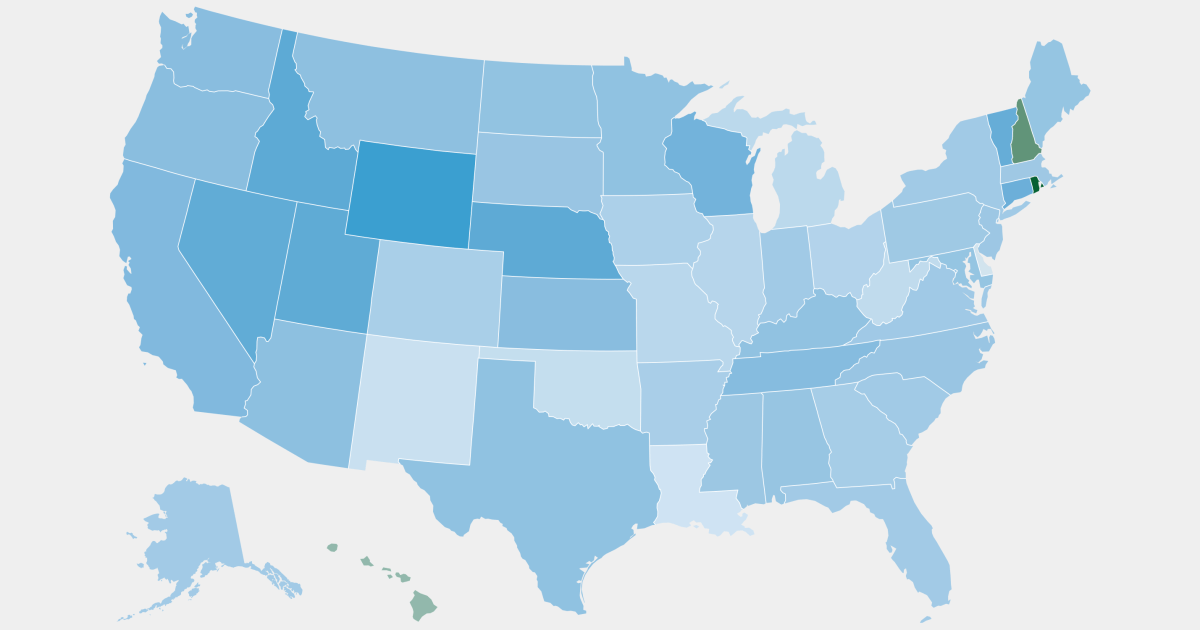One in 4 middle-income new homeowners — twice as many as a decade before — are buying into cost-burdened situations.
The share of middle-class Americans who are buying wallet-squeezing homes has more than doubled in the previous 10 years.
Almost 30% of middle-class homeowners bought homes with monthly payments costing more than 30% of their income in 2022, an NBC News analysis of Census Bureau data found. That’s more than twice the share from 2013, with experts warning it leaves many households with less money for groceries and emergencies and less able to get ahead in the future.
That “cost-burdened” benchmark — in which a household devotes over 30% of income to housing costs — is a widely used measure of affordability for both homeownership and renting. The Census Bureau measures housing costs against it, and the Department of Housing and Urban Development has used it for decades.



I keep seeing that but I don’t buy it. There are corporation owned homes and there are empty homes, but I don’t think they’re the same homes.
I’m struggling to think of any logical way that you could make more money buying a property and leaving it empty on purpose while watching the value go up, than you would by doing the exact same thing while collecting a colossal monthly rent.
Most “empty” homes that don’t have the roof caved in or boarded up windows in suburban slums are holiday homes and air BnB type things.
I mean, if an entrepeneur owns a significant portion of the available houses in a region then they can chose to only keep the as few on the market at a time as possible to force the prices to stay high, they might even work with their other housing entrepreneur buddies to have them do the same thing so that all the housing entrepreneurs in the region can win big.